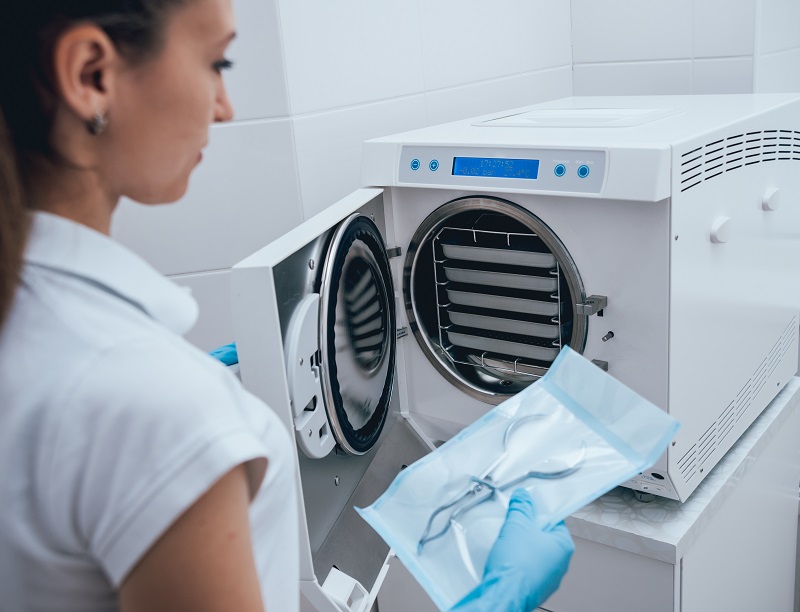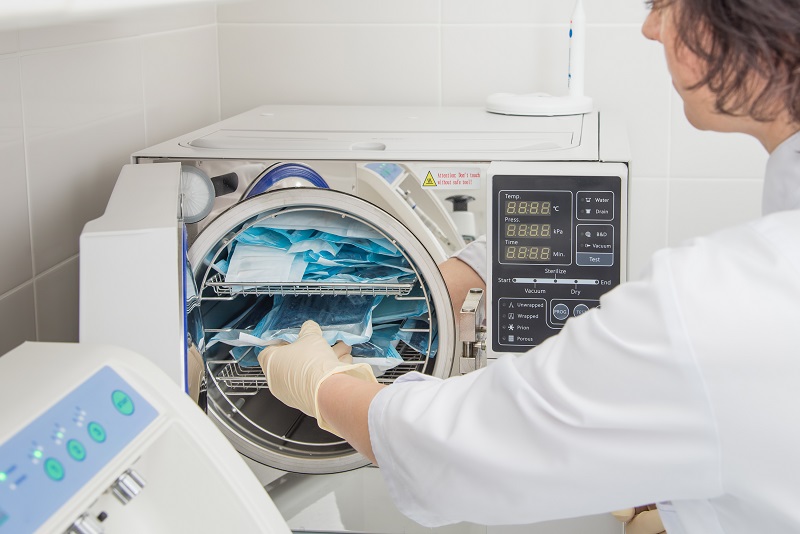Having a baby is a life-changing experience. However, the same comes the responsibility of those baby duties and chores. These seem to take a toll unless you have the basics panned right. With the birth of a baby, the first thing to keep on top of your mind is that the levels of hygiene and cleanliness need to be upped manifold. With a new life, comes the new responsibility of keeping everything perfectly clean, disinfected and hygienic. Besides the usual bedding hygiene, cleanliness of the surroundings and so on, the baby feeding equipment is another top thing that you will have to work on. Sterilization becomes a mandatory process of having a baby—that is, in the days that follow! No matter what feeding mode you choose for your baby, equipment of some sort will always be needed. Breast pumps, feeding bottles, feeding accessories, and many such things are involved at the initial stage of mommy-hood which may seem to make you nervous. However, the fact that a sterilizer can be aptly used, for cleaning these stuff can give you some peace of mind. Sterilizers are not something new but the latest innovations have made sterilization processes better easier, and safer than ever.

Choosing the Right Sterilizer
There are several sterilizer options available in the market. From electric to manual to even microwave variants, the options are varied today.
When picking what type of sterilizer you can employ for your daily needs, consider these factors before making the purchase.
The budget is the main factor that influences the purchase decision when it comes to buying a sterilizer. The electrical variants are costlier but more effective. These are also easier to maintain but needs proper cleaning since these are prone to gaining mold more often than the manual variants.
Besides this, other factors to consider are the frequency of use, the setup you will be using the sterilizer in and the ease of use.
Maintaining the Sterilizer
When it comes to maintaining any sterilizer, the first thing you need to keep in mind is that every part of the sterilizer needs cleaning. Only this will help maintain the sterile factor in the sterilizers. Mostly, the hard water areas will see sterilizers gaining more damage since mold formed are harder than in those areas having soft water.
The best way to clean every part of a sterilizer is to use mildly warm water and scrub gently with a soft-bristled brush. Instead of investing in special equipment for cleaning, a basic brush and the scrub cloth will suffice. Keep the sterilizer base and body – minus the electrical parts—soaked in hot soapy water for a couple of minutes. Scrub mildly and rinse off with normal flowing water. Ensure that all the parts are dried up thoroughly or air-dried, to avoid the risk of short circuits.

Read the Manual Well
Every sterilizer model has a specific manual that clarifies instructions for use. Read up the same without missing out any of the warning bits. The troubleshooting bits also need to be read clearly. This will help you understand the clogs in operation if any, and how to deal with the same!
Buy a sterilizer after considering the factors involved in its operation and maintenance. Ensure that you follow the rules well to ensure the seamless working of the sterilizer. Maintaining the same will only ensure the longevity of sterilizers. There are a huge number of models available in the market. Some research, rummaging and running around can help you decide on the best sterilizer for your daily needs. Having the right one will help your baby have access to sterile and perfectly clean feeding equipment always. What’s more, is that some toys need sterilization too and the right sterilizers can help you do the same without causing any damage.

No comments:
Post a Comment